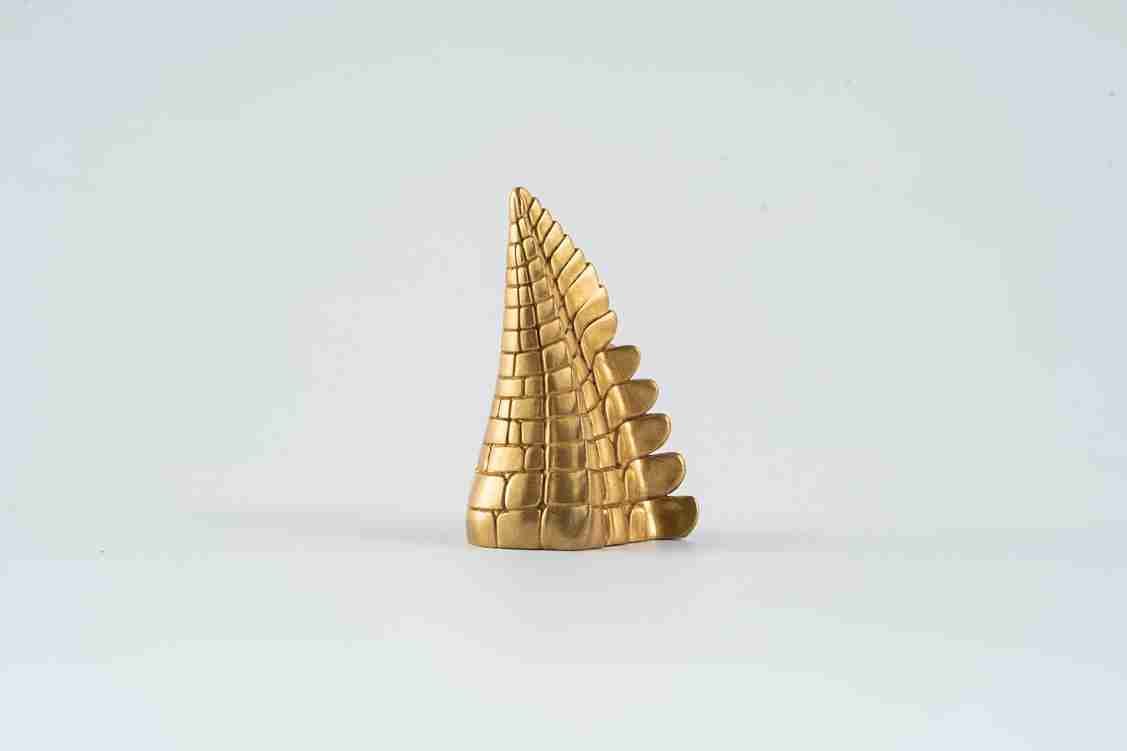What are some of the technological advancements in gold mining?
Technological advancements in gold mining include remote sensing technologies, autonomous vehicles, and advanced ore processing techniques. These innovations have revolutionized the way gold deposits are discovered, extracted, and processed. Remote sensing technologies, such as satellite imagery and aerial surveys, provide detailed maps of terrain and geological features, aiding in the identification of potential gold-bearing areas. Autonomous vehicles, equipped with sensors and GPS technology, enhance efficiency and safety in mining operations by reducing the need for human intervention in hazardous environments. Advanced ore processing techniques, such as heap leaching and bioleaching, improve the efficiency of gold extraction while minimizing environmental impact.
How does gold mining impact local economies?
Gold mining can have a significant impact on local economies, providing employment opportunities, infrastructure development, and revenue generation. In regions where gold mining is prevalent, it creates jobs across various sectors, from mining and construction to hospitality and retail. The influx of investment associated with mining activities stimulates economic growth and development, leading to improvements in infrastructure such as roads, schools, and healthcare facilities. Additionally, royalties and taxes paid by mining companies contribute to government revenue, which can be reinvested in public services and social programs.
Is gold mining a sustainable industry?
Gold mining faces numerous environmental and social challenges, but efforts are underway to promote sustainability within the industry. Many mining companies are adopting responsible mining practices that prioritize environmental protection, community engagement, and transparent governance. These practices include reclamation and rehabilitation of mining sites, water management strategies to minimize pollution, and social programs aimed at supporting local communities. Additionally, initiatives such as the Responsible Gold Mining Principles and the World Gold Council’s Gold Mining Sustainability Framework provide guidelines and standards for sustainable mining practices.
Conclusion
Gold mining is a complex and dynamic industry that has shaped human history and continues to play a significant role in global economies. While it offers opportunities for wealth creation and economic development, it also presents challenges that must be addressed responsibly. By embracing technological innovation, adopting sustainable practices, and engaging with stakeholders, the gold mining industry can navigate these challenges and contribute to a more prosperous and sustainable future for all.
FAQs
- Is gold mining harmful to the environment? Gold mining can have significant environmental impacts, including deforestation, habitat destruction, and pollution of water sources. However, with proper environmental management practices, these impacts can be minimized.
- How does gold mining benefit local communities? Gold mining provides employment opportunities and economic development in many regions, contributing to infrastructure improvements and community investment. However, it can also lead to social challenges such as land disputes and conflicts over resource ownership.
- What are some of the technological advancements in gold mining? Technological advancements in gold mining include remote sensing technologies, autonomous vehicles, and advanced ore processing techniques. These innovations have revolutionized the industry, improving efficiency and safety while minimizing environmental impact.
